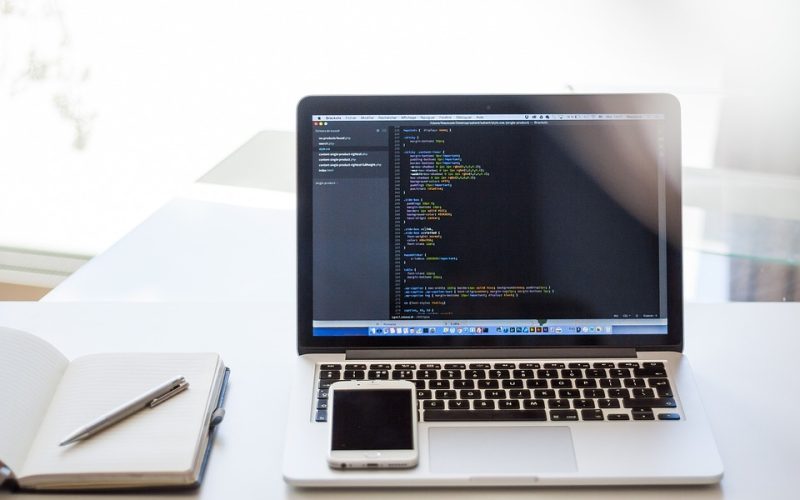1. Plan and organize your code
Before you start coding, it is essential to have a plan. Having a detailed plan will help you stay focused and avoid errors. One way to plan your code is to use pseudo-code or flowcharts. Pseudo-code is a simplified form of code that describes your program’s logic in plain English, making it easier to understand and organize. Alternatively, you can create flowcharts to visualize the steps and make it easier to spot potential pitfalls.
For example, let’s say you are creating a program that will calculate the average of a user’s test scores. Your pseudo-code might look something like this:
1. Prompt the user to enter their test scores
2. Add up all the test scores
3. Divide the total by the number of tests taken
4. Display the average
2. Keep your code readable and understandable
Readable and understandable code is crucial for successful coding. It helps you debug errors and allows other developers to understand your code. One way to keep your code readable is to use meaningful variable and function names. Avoid using abbreviations or short names that may be confusing to others. Also, use proper indentation and comments to make it easier to identify code blocks.
For example, here’s some code that uses proper variable names:
totalSales = 1200.00
salesTax = 0.08
finalTotal = totalSales + (totalSales * salesTax)
3. Test your code
Testing is an essential part of successful coding. Testing helps you identify errors and ensure your code works as intended. Before running your code, take the time to review it carefully to catch any syntax errors or misnamed variables.
Once you’ve reviewed your code, run it using various scenarios and test cases. For example, if you are creating a program that will sort an array of numbers, try testing it with different sets of numbers to ensure it sorts them correctly.
4. Refactor your code
Refactoring is the process of improving your code’s quality without changing its functionality. Refactoring helps you improve your code’s readability, maintainability, and performance. Avoid refactoring too early in the development process as this can slow down progress. Instead, focus on developing a working solution first, then refactor as needed.
For example, let’s say you have some code that calculates the volume of a cylinder. Here’s what it might look like initially:
radius = 2
height = 5
pi = 3.14
volume = pi * (radius ** 2) * height
print(volume)
After reviewing the code, you discover that pi is a constant and can be stored separately. Here’s the refactored code:
radius = 2
height = 5
PI = 3.14
volume = PI * (radius ** 2) * height
print(volume)
5. Keep learning
Coding is constantly evolving, so it’s essential to keep learning new languages, tools, and techniques. Attend coding events, join online coding communities, and take courses to stay up-to-date with the latest coding trends. Keep challenging yourself to develop more complex projects, and seek out feedback from other experienced coders to continually improve your skills.
In conclusion, coding can be an exciting and challenging experience. To succeed, plan and organize your code, keep it readable, test it thoroughly, refactor as needed, and continue to learn and grow. By following these essential tips, you’ll be well on your way to becoming a successful coder.









